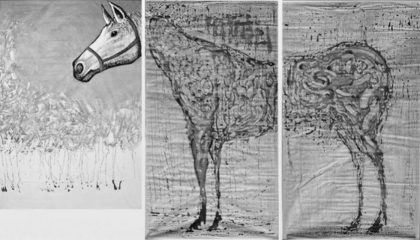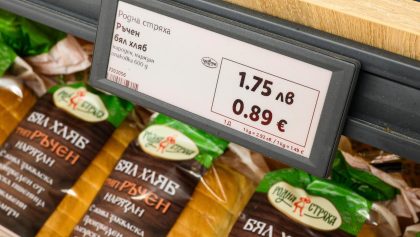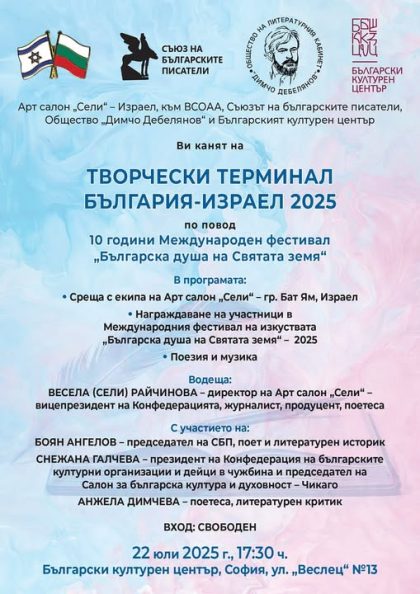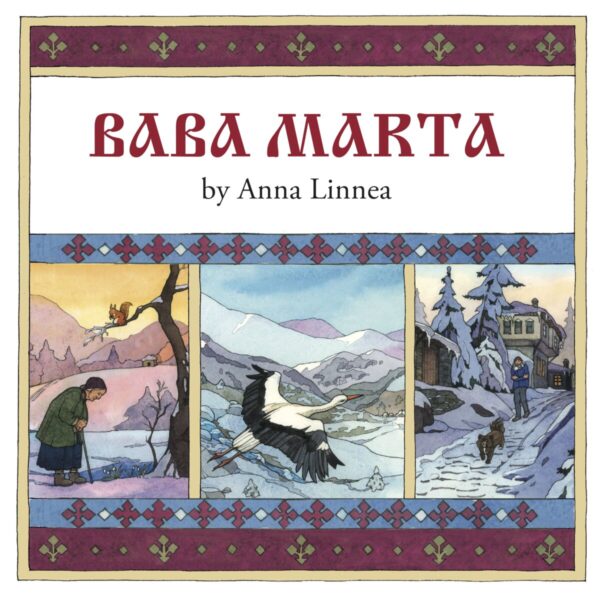
.
by Anna Linnea
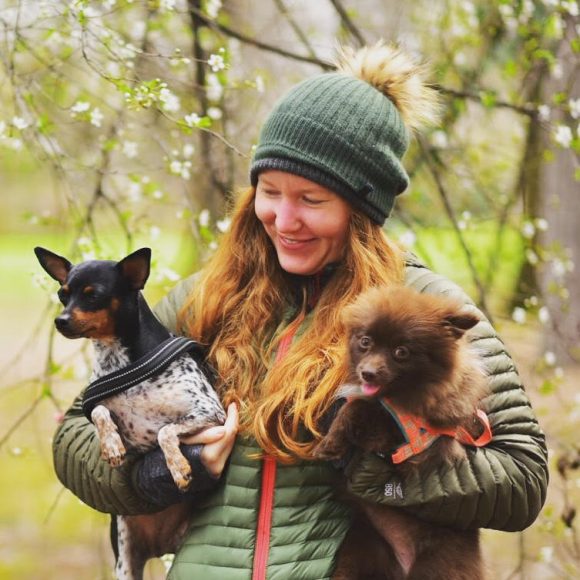
I walk around the city of Sofia this February and I feel the change of Spring in the air. Through the crystalline snow I see the soft greens of snowdrops. I anticipate the blooming purples that will drape over sidewalks and crowd your way. Often I go on ‘lilac’ walks up and down Sofia’s streets – just to see and smell those beautiful purple blossoms in Spring. The flower shops tucked into corners and the lively Dimitar Petkov market have a wealth of tulips in every hue, hyacinth, and daffodils. Spring is my favorite season in Bulgaria and I look forward to it every year.
My first Spring in Bulgaria something special happened. I arrived at work on March 1st and people stopped by my desk and paused in the hallways to hand me lovely red and white bracelets. As I started to ask more people about the traditions of martenitsi, I started to fall more in love with the holiday and the Bulgarian folk tales surrounding Springtime. I researched all I could online and I asked friends and colleagues about this holiday. Slowly, I began to hear the name ‘Baba Marta’ and stories about a grumpy old woman who could change the seasons and bring mounds of snow or the warmth of Spring.
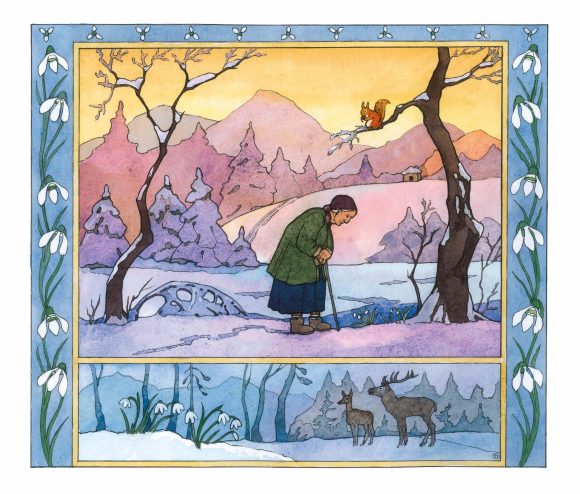
As a PreK-12 Librarian I began to look in local bookstores for an illustrated children’s picture book that was sold in Bulgarian or English that brought this wonderful folk figure and story to life. I wanted this part of Bulgarian culture represented in the Library I run and I wanted to share it with my community in Bulgaria and overseas. I could not find a modern illustrated picture book sold in Bulgaria that spoke of this important holiday or Baba Marta.
I took everything I knew and loved about the holiday and the traditions and sat one day to write my own story in a cafe in Iztok. I wrote the words at first in a small notebook and then eventually on my computer. The story went through many revisions. I was aware that I am an outsider – a foreigner looking in on Bulgarian culture – and I wanted to be mindful of that. What did my Bulgarian colleagues think of my story? I wanted to make clear this was my interpretation of everything I had heard and researched but still be as accurate as possible with key elements and important details about Baba Marta and the March 1st holiday.
I began to collect images of old stone roofed Bulgarian houses; of an old Baba I saw walking down the street in Hisarya and thought looked like the Baba Marta in my head; of traditional Bulgarian textiles. I began to develop a vision of the illustrations and how they would pair with the text. After searching and hoping for a Bulgarian illustrator, I eventually found a Polish-Swedish-Russian illustrator named Olga Poljakowa who valued and appreciated my story. We emailed and after a video chat we started the process of illustration. We worked together for one year and I feel honored that Olga chose to lend her beautiful talents of watercolor illustration to my words. Some have drawn comparisons between Olga’s work to Russian Ivan Bilbin and Bulgarian Alexander Bozhinov.
I feel great pride sharing my story of Baba Marta and March 1st with others. Some readers in New Zealand found connections between Bulgaria and Maori culture. Expats living in Sofia have been able to use my book to help their family and friends understand a little bit more about Bulgaria. More than 2 million Bulgarians live outside of Bulgaria and my picture book is one way Bulgarians abroad can pass on the traditions and celebrations of Bulgaria to their children.
As for the children who read Baba Marta, they understand and connect with the story. Through the text and illustrations, they see how Baba Marta’s bad mood brings on a cold frosty winter and how the kindness of Papa and Penda makes Baba Marta happy and brings on Spring. Children like the pages where Penda and Papa look up in the sky after hearing a flap, flap, flap sound. Just as Penda cries out in wonder “A stork!” so do the children that read my book.
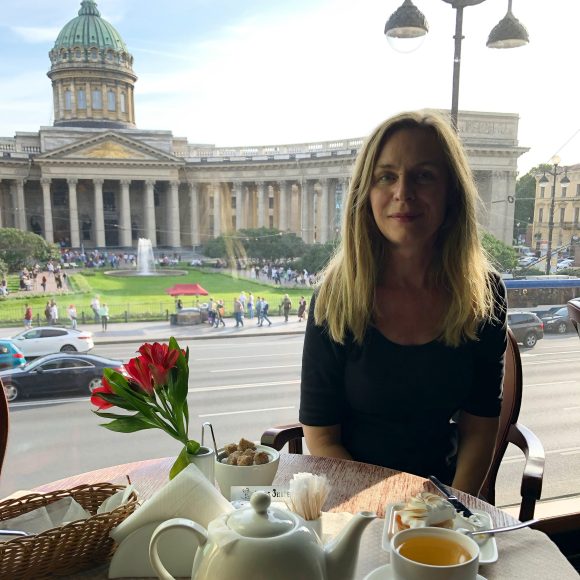
–––––––––––––––––––––––––––––––––––-
About the author
Anna Linnea graduated from the University of Puget Sound with a B.A in International Relations and completed a Masters in Library Science at Indiana University. She has worked in Paraguay and Bulgaria for the last 5+ years as a PreK-12 Librarian.
Anna likes green bananas with peanut butter, cheese, and hot sauce (but not all together). She enjoys staring at beautiful art and often misses her parents who live far away from her. Anna shares her home with her two dogs Chipita and Banichka.
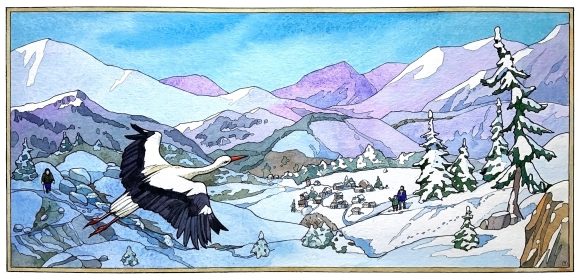
About the illustrator
Olga Poljakowa lives in Hamburg and Sleswig-Holstein, Germany and loves walks in the forest and along the coasts. She finds inspiration in conversations with family and friends, travel and books. Olga is self-employed, with her main focus on book illustration. Before that she worked for 10 years as art director for advertising agencies in Hamburg. Her diplomas are from Saint Petersburg Stieglitz State Academy of Art and Design and the Art School at the Academy of Arts in St. Petersburg. She completed additional studies in History of Art at the State Museum Hermitage.
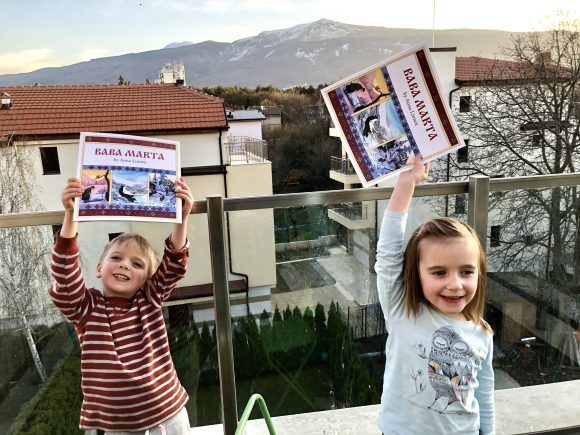
.
Where can I purchase a copy of Baba Marta?
Delivered in Bulgaria via ECONT within Bulgaria (10 leva plus cost of delivery) – contact annalinneabooks@gmail.com
Available on these online platforms:
Paperback or ebook on all Amazon platforms (US, UK, DE, FR, ES, IT, JP, CA)
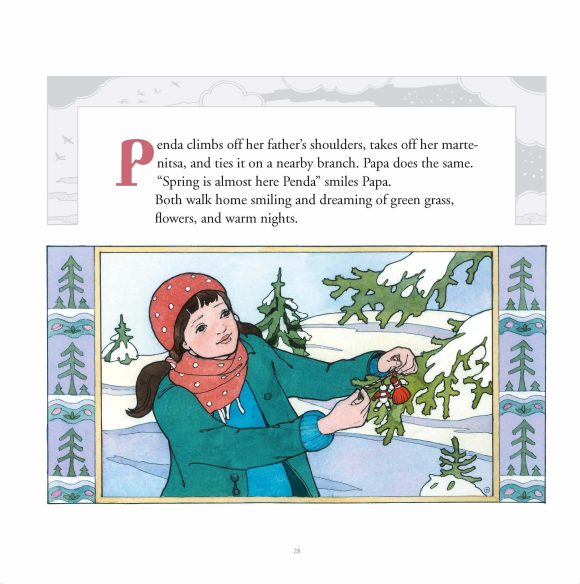
For more information visit Anna Linnea Books on Instagram or Facebook.
.
